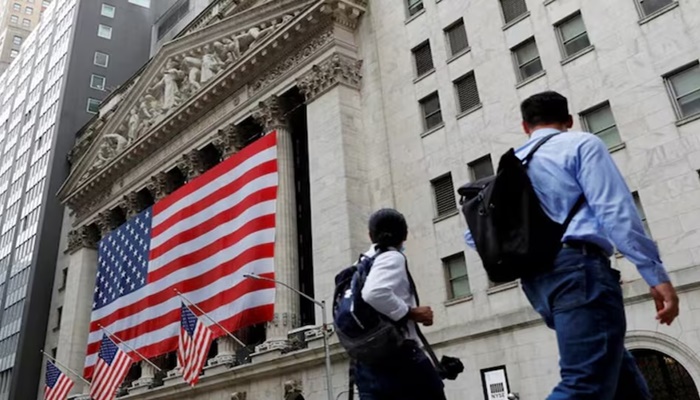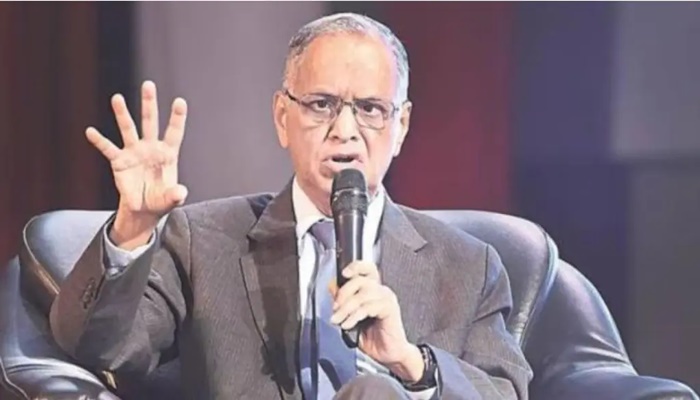A mid-level engineer in Mumbai hasn’t lost her job, yet she struggles to sleep. Each morning, headlines blare: a global tech firm laying off thousands, a start-up freezing hiring, a friend quietly pushed out. She still collects her pay cheque, but the thought lingers — what if I’m next?
This creeping anxiety is becoming a defining feature of the modern workplace. Psychologists call it second-hand layoff trauma — the fear absorbed by employees who remain employed but feel the shockwaves of redundancies around them. Unlike direct job insecurity, it is rarely acknowledged in boardrooms. But its impact — on trust, productivity and culture — is just as corrosive.
“Fear and uncertainty sometimes do not originate within the company, but rather from headlines, industry talk, and friends’ gossip,” said Priyanka Dalvi, Global People Head at airpay, in a recent conversation with People Matters. “That’s why HR has to confront second-hand trauma, not just direct job insecurity.”
Her comments reflect a broader unease in workplaces worldwide: how do leaders maintain confidence when fear itself is contagious?
When Safety Isn’t Enough
Employees may be secure on paper, yet still question whether their employer is prepared to weather downturns.
“In the current climate of hiring freezes and downsizing, employee expectations have evolved significantly,” Dalvi said. “Modern-day employees are more discerning than ever. They observe how perks and benefits evolve, appreciating when changes are thoughtful and caring in character.”
Research supports this shift. A 2023 Gallup study found that workers placed greater weight on stability of benefits and career development than on salary increments alone. Similarly, the Wall Street Journal reported that companies which scaled back wellness programmes during downturns saw an immediate dip in engagement and retention.
Dalvi’s stance is clear: consistency in employee investment is not optional. But here the debate widens. Not every company has the balance sheet to preserve benefits in hard times. Many cut learning budgets or wellness stipends to survive. Dalvi acknowledges the temptation but warns of the long-term costs: “Employee benefits should not be treated as expendable. They are a long-term way to retain talent.”
Trauma by Proxy
The emotional aftershocks of layoffs extend well beyond those who exit. Gartner analysts have described this as the “fear contagion effect”: the sense that no one is safe, regardless of actual job status.
“I think HR is becoming increasingly aware of the second-hand trauma experienced by employees, especially when they see colleagues being laid off elsewhere, although more can certainly be done,” Dalvi said.
Survivors’ anxiety is well documented. A study by the Massachusetts Institute of Technology found that attrition spiked not only in companies that cut jobs, but also in neighbouring firms within the same sector. Employees, perceiving a threat, often jumped before being pushed.
Dalvi argues the only real counterweight is visible stability: “Retention is not about providing perks; it’s about fostering a sense of security and purpose. In times of uncertainty, that is of great value.”
Some leaders may view that as idealistic. Yet airpay’s internal figures suggest otherwise: average tenure runs two to three years, and a notable share of ex-employees have returned. For Dalvi, such loyalty is proof that when employees feel valued, they are more likely to stay — or come back.
The Silent Leak of Trust
Trust rarely collapses in a single moment; it erodes quietly. Employees read meaning into delayed updates, evasive memos, or unanswered questions.
“Job security is not enough to build trust,” Dalvi warned. “Uncertainty seems to be just one headline away from obsoleting whatever was deemed certain the previous moment.”
Her prescription is transparency. Leaders at airpay, she explained, hold frequent town halls and keep an “open-door” culture, where feedback is encouraged rather than managed. “Town halls are not when we start talking,” she said. “We are always building trust through day-to-day interactions.”
If culture is often reduced to slogans, it is crisis that reveals its substance.
“It’s true—culture doesn’t reveal itself in moments of celebration, but in moments of fear and uncertainty,” Dalvi said.
Many firms chose austerity when economic headwinds hit. Some froze promotions, others cut wellness budgets. Airpay took the opposite path, continuing to invest in training, reskilling, and benefits. Dalvi argued that such consistency strengthened employees’ sense of belonging: “Trust is created by what you value when things get difficult.”
When Empathy Needs Teeth
Empathy has become HR’s favourite word. Yet employees are quick to spot when it is hollow.
“Empathy is a good place to start, but without action, it can easily feel staged,” Dalvi said.
She argues for embedding empathy in systems: clear performance reviews, transparent goal-setting, and fair recognition. “Employees need to know where they stand,” she explained, “and that decisions aren’t made in a black box.”
Her philosophy reflects a wider concern. The Economist cautioned in 2023 that “corporate empathy” risks devolving into jargon if not tied to policy. Dalvi’s approach — institutionalising empathy through daily processes — is one answer.
Still, the question remains whether all firms can operationalise empathy at scale. As hybrid work reshapes teams and AI tools mediate performance, embedding empathy may demand new skills from managers — not just systems.
A Forward-Looking Mandate
The wave of layoffs in recent years will not be the last. Automation, shifting markets and global shocks will ensure volatility is here to stay. The real test for HR is not whether companies avoid layoffs altogether, but whether they inoculate employees against the fear those layoffs spread.
Dalvi is clear about what that requires: communication, consistency, and proof that empathy has teeth. “We do not believe in cutting corners when it comes to our people,” she said. “Loyalty is only achieved when one feels safe and valued.”
Her perspective is not universal. Some leaders argue survival must come before sentiment. Others point out that what works for one firm may be impossible for another. Yet on one point there is growing consensus: ignoring second-hand trauma is a costly mistake.
Fear spreads fast. But so does trust. And in workplaces unsettled by headlines, that may be the most valuable currency of all.




















